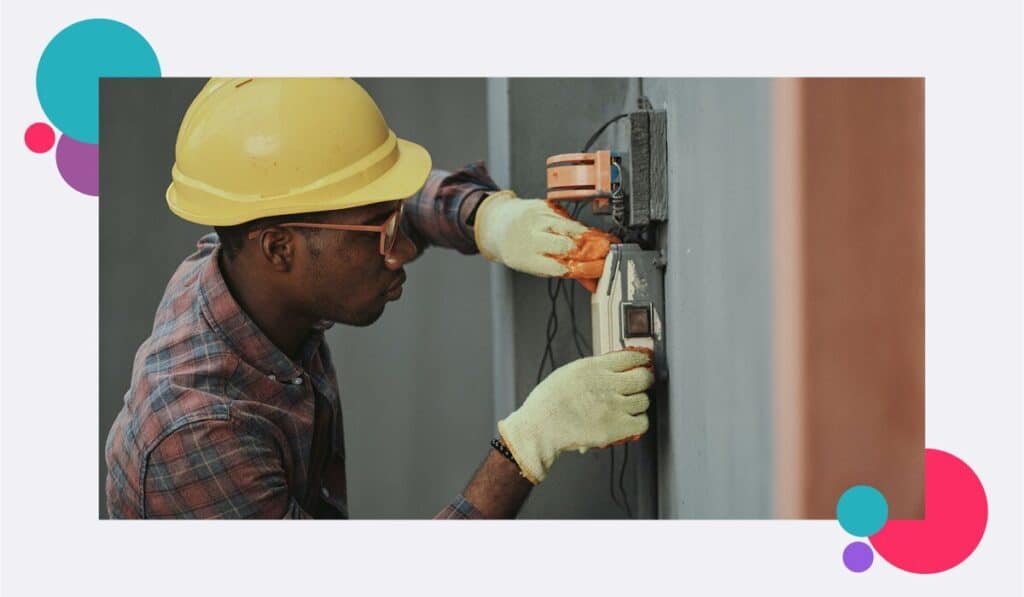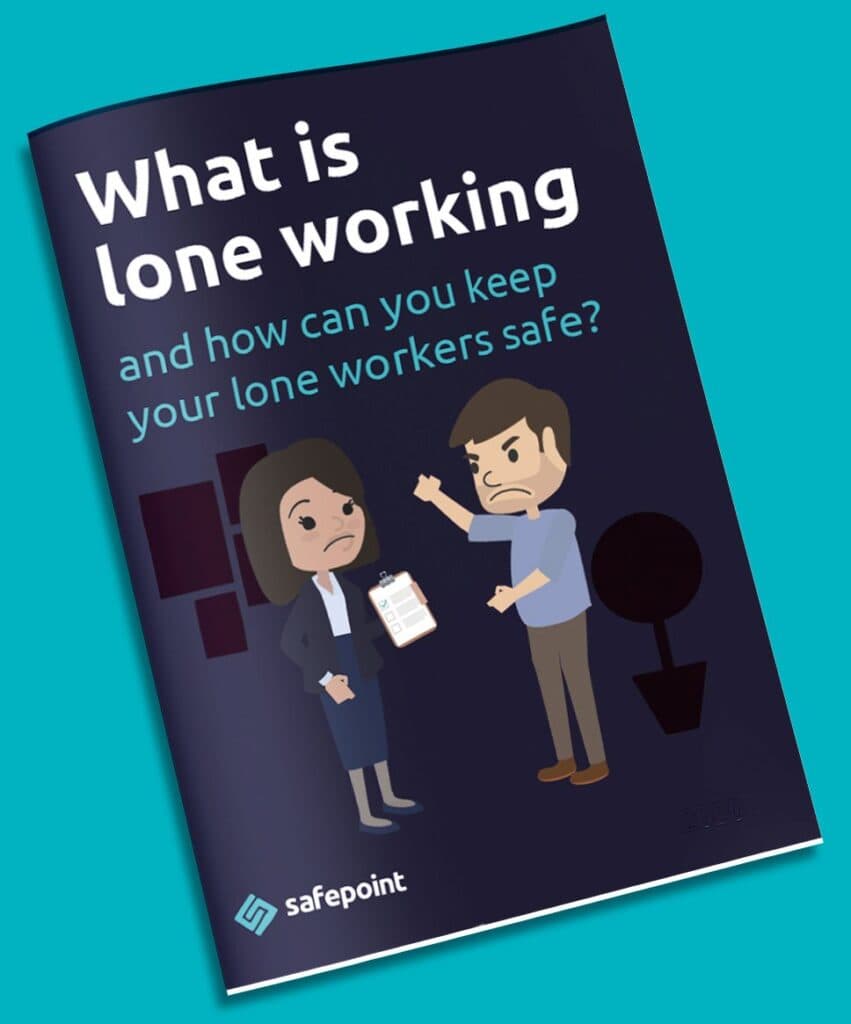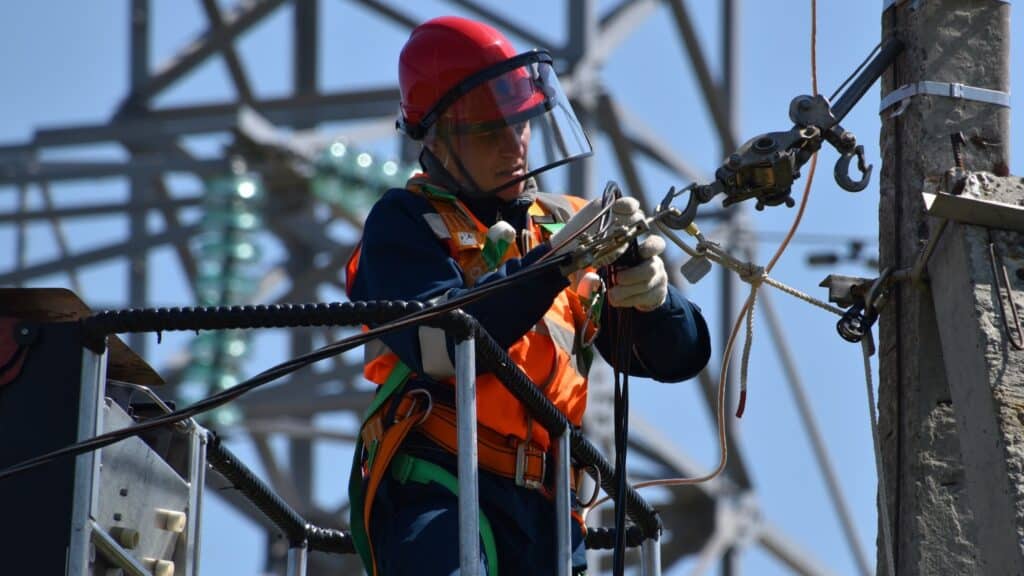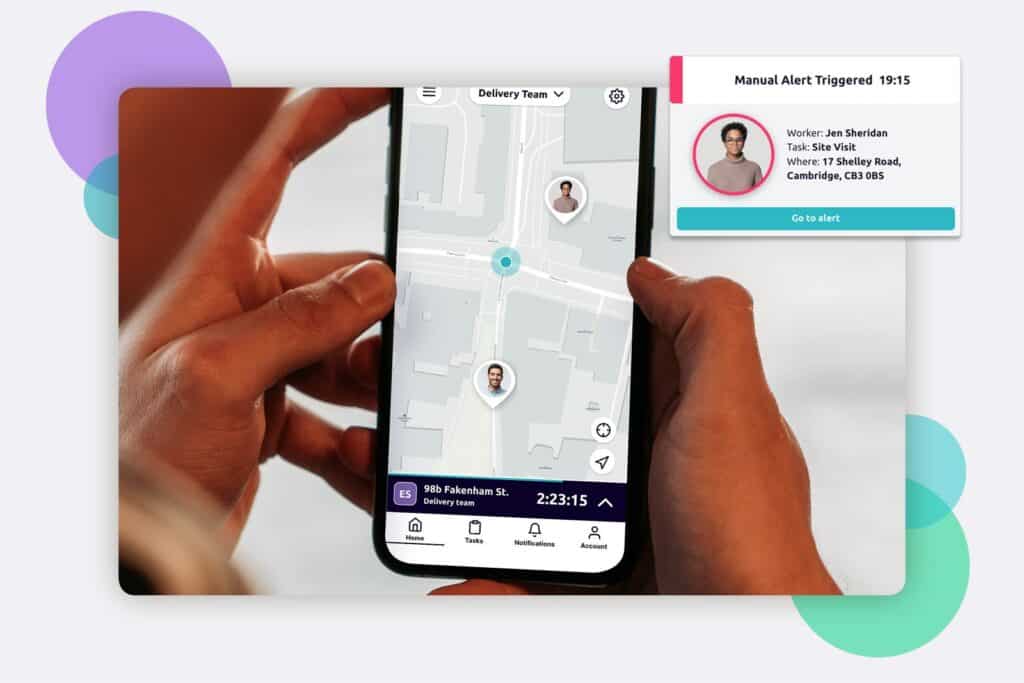
Water, gas and electricity organisations supply and maintain essential services for more than 28 million residential homes and businesses in the UK.
The utility sector employs 738,000 people –many of whom work alone for some or all of their day. This could be through working directly in people’s homes or businesses, in public areas such as on-street broadband cabinets or through larger hubs of infrastructure such as water processing plants. In any case, lone working should be taken seriously.
A lone worker is someone who works out of sight or earshot of their colleagues for some or all of their day. Lone working, by its nature, can increase the risk of serious injury, by lowering levels of oversight and increasing response times to potential emergencies.
Utility staff that work alone are at a greater risk of serious incidents and injuries than those working in a team due to lowered supervision and longer response times.
This doesn’t mean that lone working is illegal or even unsafe, per se, it just means that those employing those lone workers have more responsibilities to consider.
In this article, we’ll explain how keeping track of utility workers can help keep them organised and safe. We will also offer advice on the risks utility workers face and what regulations are in place to protect them.
Lone workers in the utility sector are exposed to a variety of risks throughout their working day – whether they’re working on-site at a water plant, doing work on remote pipelines or pylons, or even in the homes of customers in need of repairs.
Many utility workers operate in confined locations, remotely, or at height. In the UK, the Health and Safety Executive categories utility workers under the construction sector (which, alongside agriculture, is often ranked as the most dangerous of any sector).
studies from other parts of the world, however, show that workers in utility roles may be particularly at risk. For instance, an American report states that ‘utilities’ is the most dangerous sector in terms of “serious injuries and fatalities”. Clearly, these risks are not just felt by the UK.
Risks faced by utility workers can include:


The UK’s Health and Safety Executive lays out how employers need to identify the risks that are specific to working alone in their industry and to take tangible steps to lower that risk.
Preparing your lone workers for the risks they can encounter is paramount in ensuring they can operate safely and with confidence. Some of these risks may be specific to the role, whereas some may be more general. For instance, a linesman might know how to work around live cables, but do they know how to safely defuse a confrontation with the public?
Your customers, be they businesses or residents, are also in need of your diligence and attention. Ensuring your lone workers have the tools they need to do their jobs safely and effectively means that your team can provide a better and safer service for your customers.
Utility organisations and the lone workers within them are varied: ensure your risk assessments and policies account for every facet of your organisation.
Some of the major steps utility companies should take to keep their lone workers safe include:
All sorts of businesses rely on Safepoint’s lone worker solutions and 24/7 Alarm Receiving Centre to keep their staff protected and organised. Some utility and engineering organisations that use Safepoint include:



Safepoint provides award-winning lone working solutions for workers in the utility sector along with many other industries across the UK and abroad.
When engineers and other workers in the utility sector are equipped with Safepoint’s apps and wearable panic alarms, they can set up timed, GPS-tracked ‘tasks’ (such as ‘Site visit – 1 hour’).
If the worker runs into trouble, they can tap a button on their phone or wearable panic alarm and an alert will be sent out (along with their live location).
Above: when an alert is triggered, it is handled by our GuardianPlus team and can be viewed in the web portal.
But what if a worker is incapacitated (for instance, if they have an accident)? With Safepoint, an alert will automatically be sent out if a user takes a fall (sometimes called a man-down feature) or if they are unresponsive.
With Safepoint, utility organisations can supervise their whole team through the Safepoint app or Portal – where they can see alerts, live locations, status updates, team analytics and more.
What’s more, with Safepoint’s 24/7 GuardianPlus service, your team’s safety can be monitored day and night by an accredited team of expert responders. These emergency response professionals, working out of a dedicated Alarm Receiving Centre, will handle any emergency –from first response, to escalation management, to liaising with the emergency services.

Award-winning safety management tools and a fully accredited response team.